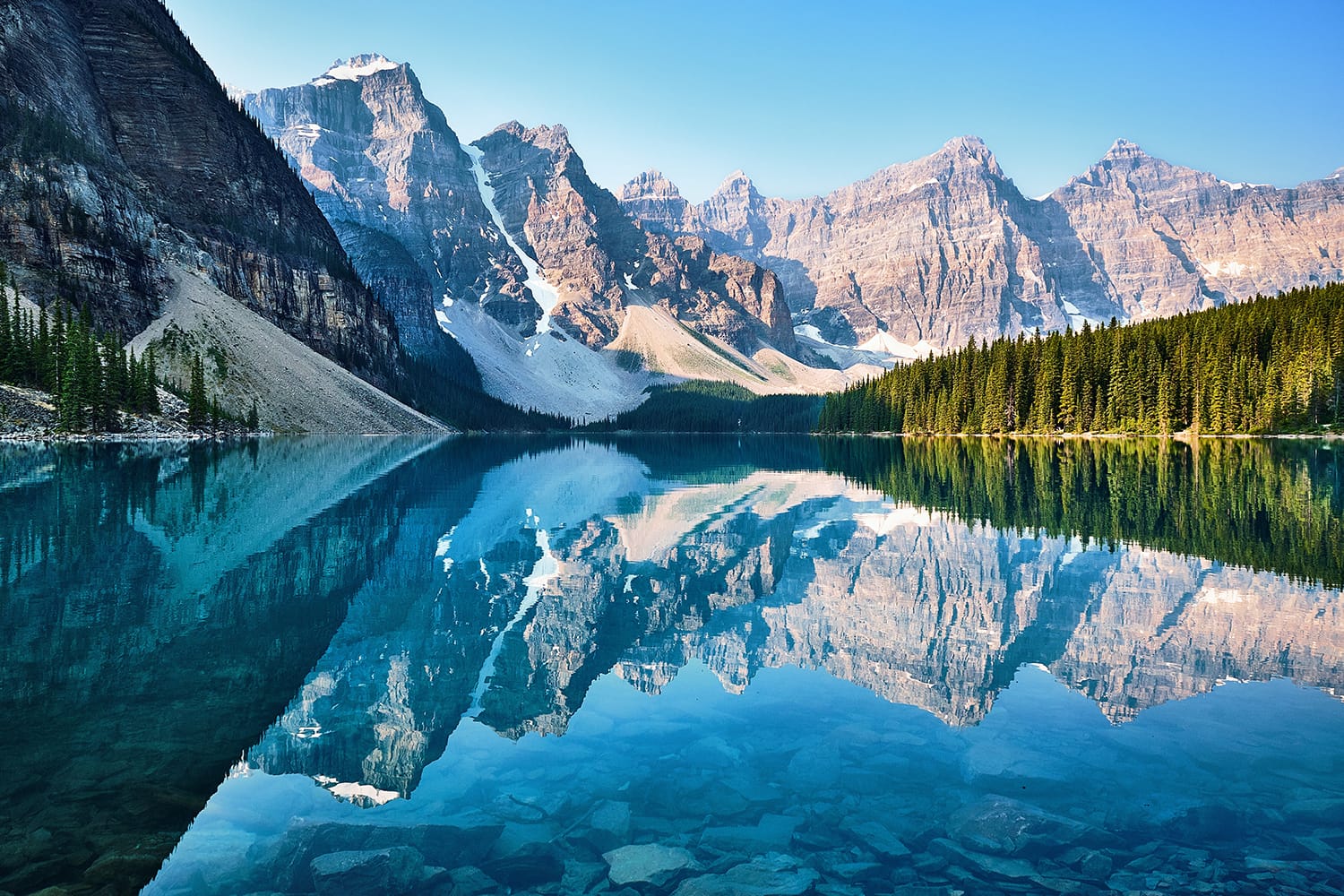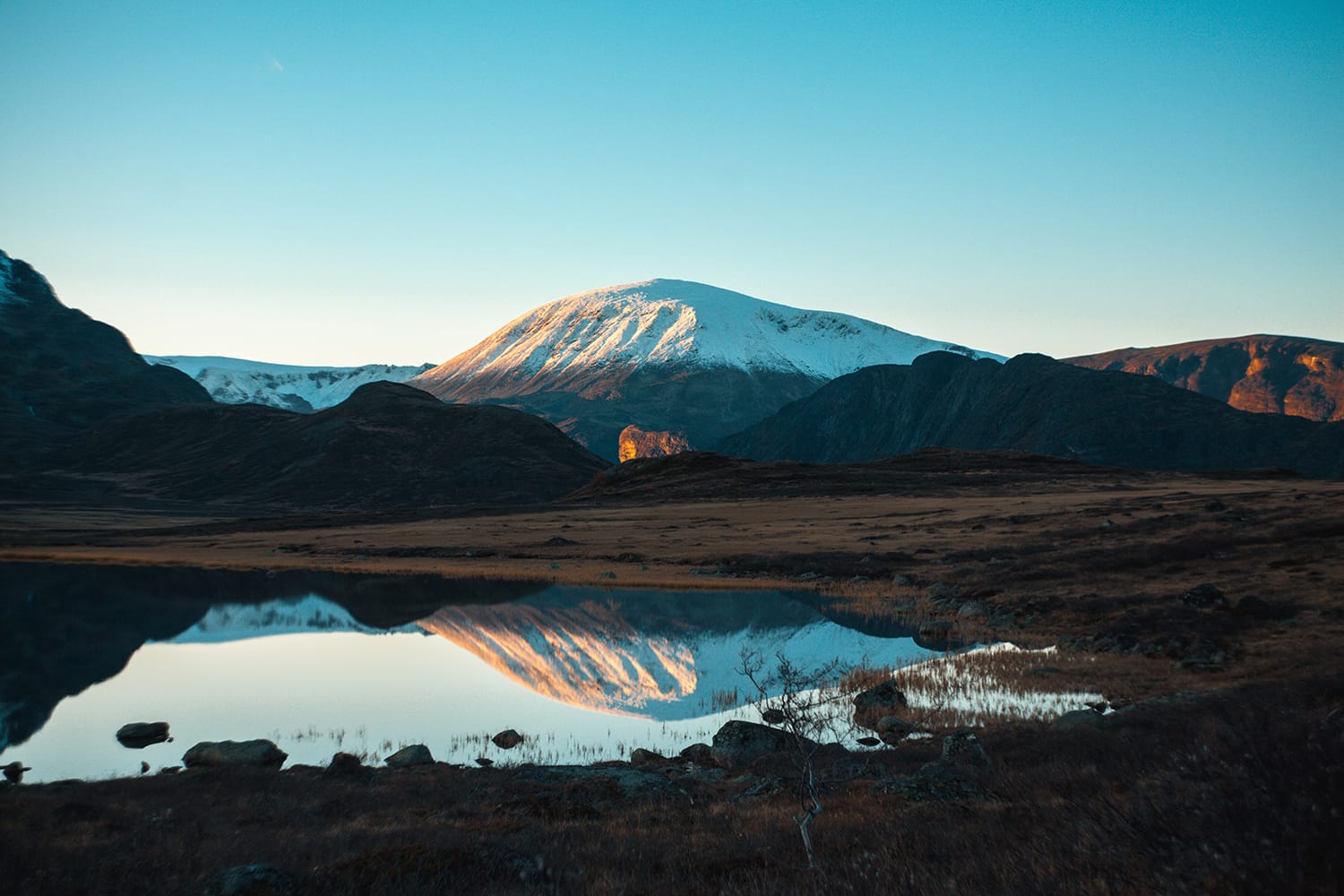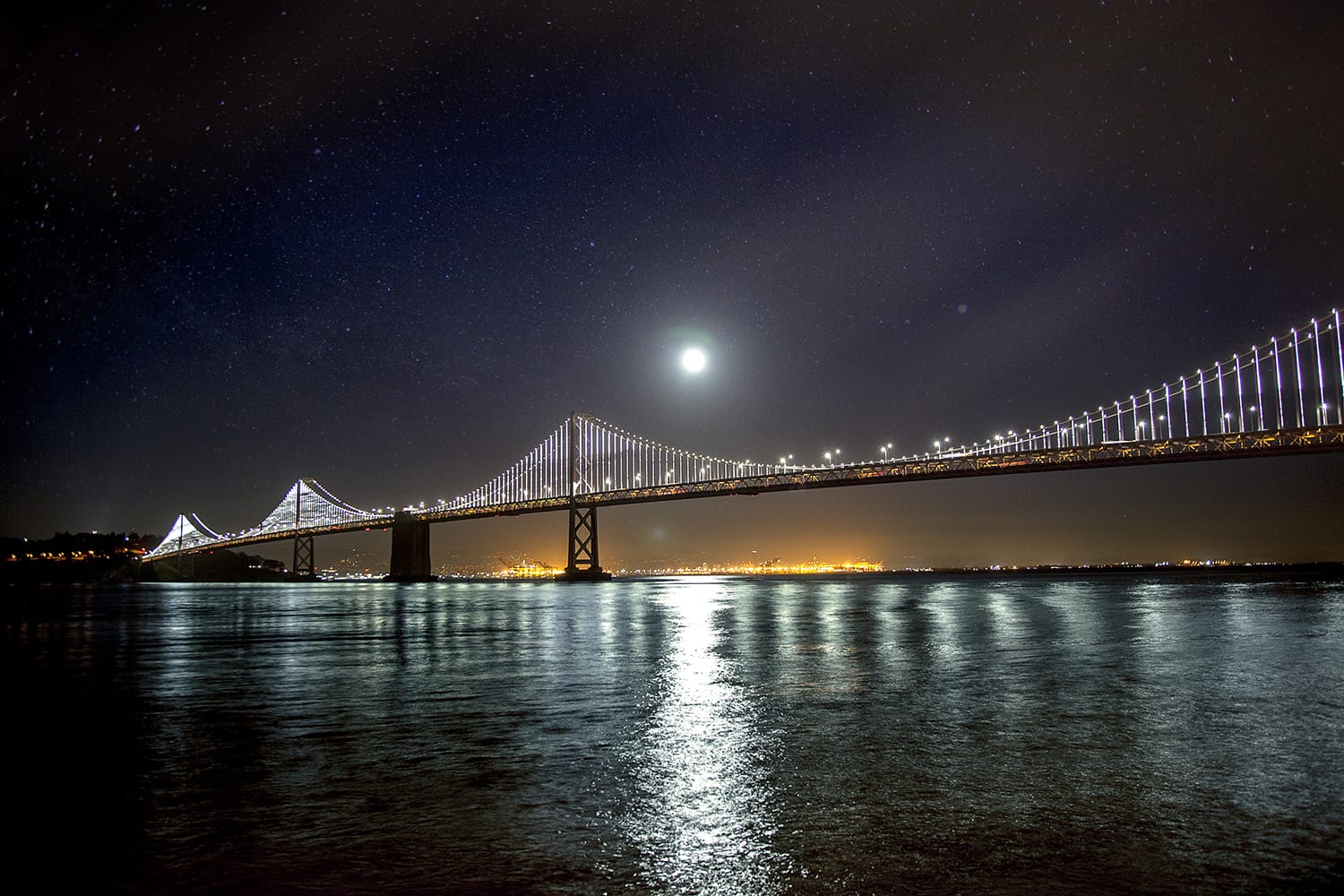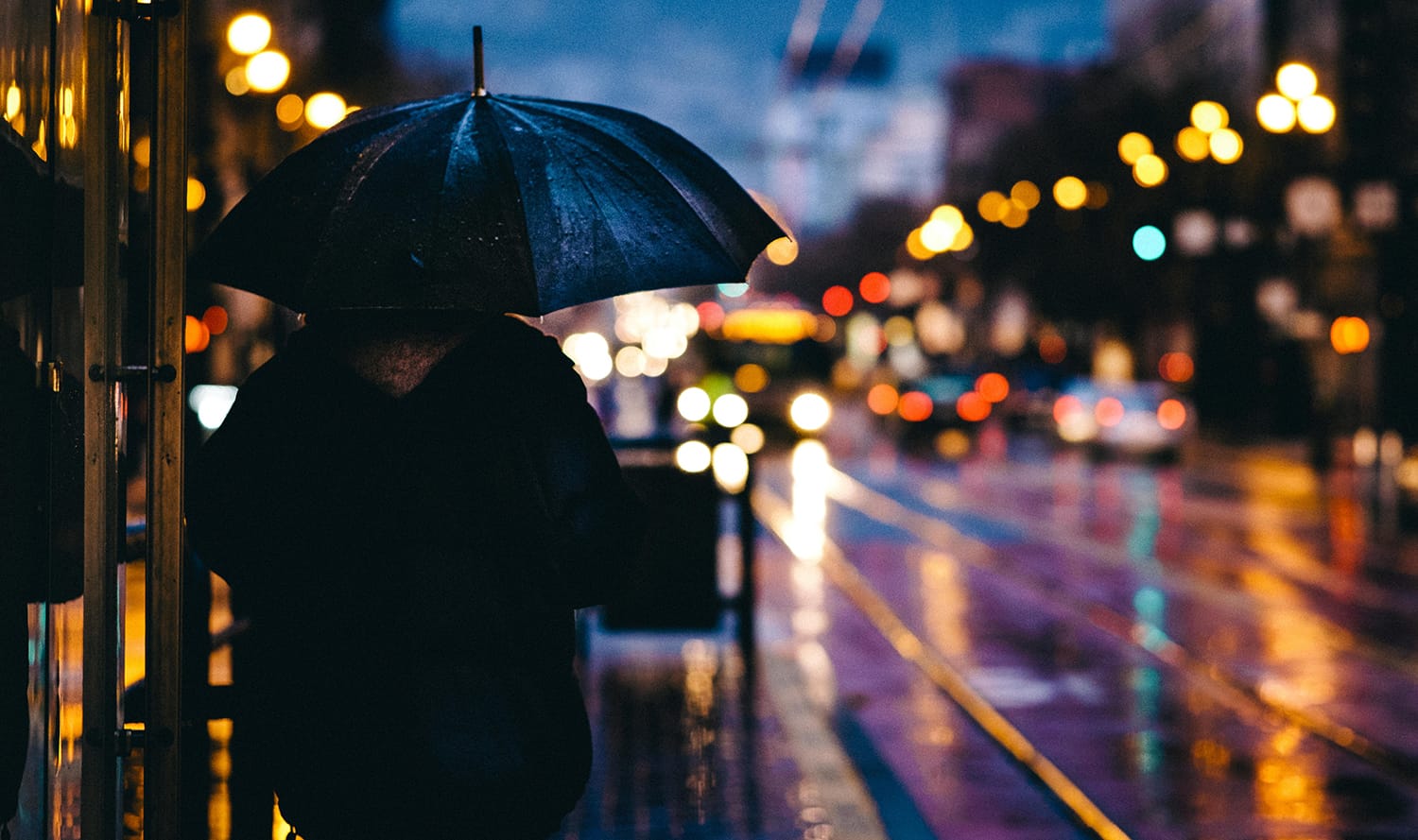Using Water to Add Light to Your Landscape Images
Looking to increase the amount of light in your landscape images? As the popular slogan goes, “Just add water!”
When it comes to landscape photography, one of the biggest challenges of shooting in the evening hours, or indeed at night, is that there’s not much light to work with. While you can bring along your own light sources to add some light back into the foreground, when it comes to illuminating the entire scene at hand, you can only do so much. In most cases, you’re largely limited to what natural light is available.

This is where water comes in. It might sound simple, but a body of water, such as a lake, the ocean, or even a puddle, can help to reflect available light, meaning that more of it will end up in the resulting photo.
If you’d like to add more light to your evening and nighttime landscapes, looking for water could be your solution! Here are a few tips for incorporating water and light into your images.
Compositional Tips
When it comes to capturing images with light in them, your approach will vary –depending on your composition and the time of day. Here’s a look at a few common scenarios now.
1. Balance Out the Foreground and Sky

Most photographers enjoy shooting landscape images during golden hour –that time during the morning, and again in the evening where the world is awash in a golden hue. However, while the sky may be bright enough during these times of day, the foreground often tends to be a bit dark, and can easily end up underexposed.
To help remedy this, one solution is to use a graduated neutral density filter (GND) to help balance out the difference in light between the foreground and background. With a GND, one side of the filter is clear and the other is tinted, allowing you to ensure that your sky and foreground are exposed correctly.
Still, if you don’t have a GND, it can be difficult to get adequate amounts of light for your entire image. In these cases, simply look for a reflective body of water that you can incorporate into your image. The sea, a lake, a pond, or even a puddle will do. Keep in mind that water reflects differently off of different bodies of water, and if you’re trying to get a clear reflection, you’ll want to look for a surface that’s as smooth as possible.
However, if there’s no smooth surface to be found, no worries! If you have a tripod and an ND filter, you can simply use a longer exposure to smooth out the choppy water, resulting in a soft, gently blurred surface.
2. Capture Moonlit Reflections

Night is another time that you’ll want to look to incorporate reflective surfaces into your images. This is especially the case if you’re photographing the moon – or, using a long exposure to capture star trails. Shooting the moon over a large body of water like a lake, can help to light up your image and add extra interest to your compositions.
In some cases, the moon’s reflection might even be bright enough to illuminate other elements like trees, or a distant mountain, that you can include in your composition as well. For star trails, the same principles apply, although the reflections may be less prominent than those created by the bright, bold moon. Still, using the water is a great way to incorporate more light into your night landscapes.
3. Create Nighttime Cityscapes

If you’re creating cityscapes at night, you can look to use puddles or even wet shiny tiles or walkways to add more light to your images. Photographing reflections at night will also give you a chance to create some unique, artistic images. Streetlights, lights from signs, and even taillights reflecting off of the wet pavement or sidewalks can all present great opportunities for you to capture some artistic images with a somewhat abstract, almost oil painting-like effect.
For the best results, try to go just after it rains to capture the city awash in color. Similarly, if you have a vantage point that allows you to see the city lights reflecting over a lake or the sea, you can create some stunning images by capturing those reflections as well.
Settings and Gear
As in most cases, having the right gear can help you to create the images that you’re after. While much of your gear will depend on which type of photography you’re doing –and the time of day that you’re shooting, here’s a look at a few things you’ll want to bring along if you can.
- Tripod: Don’t forget to bring along your tripod to help eliminate camera shake and prevent unwanted blur; allowing you to create sharper images.
- A Flashlight: A flashlight will come in handy if you’re going to be out shooting after dark. It’ll help you to see what you’re doing, and, in a pinch, can also help to illuminate dimly lit areas in your scene, which will help your camera to focus.
- A Remote Release: If you’re going to do long exposures, a remote release will save you from having to press the button –causing unwanted camera shake, and image blur. Of course, if you don’t have a remote release, using your camera’s timer can also allow for a hands-free operation.
The next time you’re out shooting at night or in the evening and you find that your images are a bit dark, be sure to look out for a reflective surface that you can include. It’s a great and simple way to balance your shot –and add some more light back into your images!
Have you tried adding light into your landscape images? How did it go? Let us know on Facebook or Twitter!
